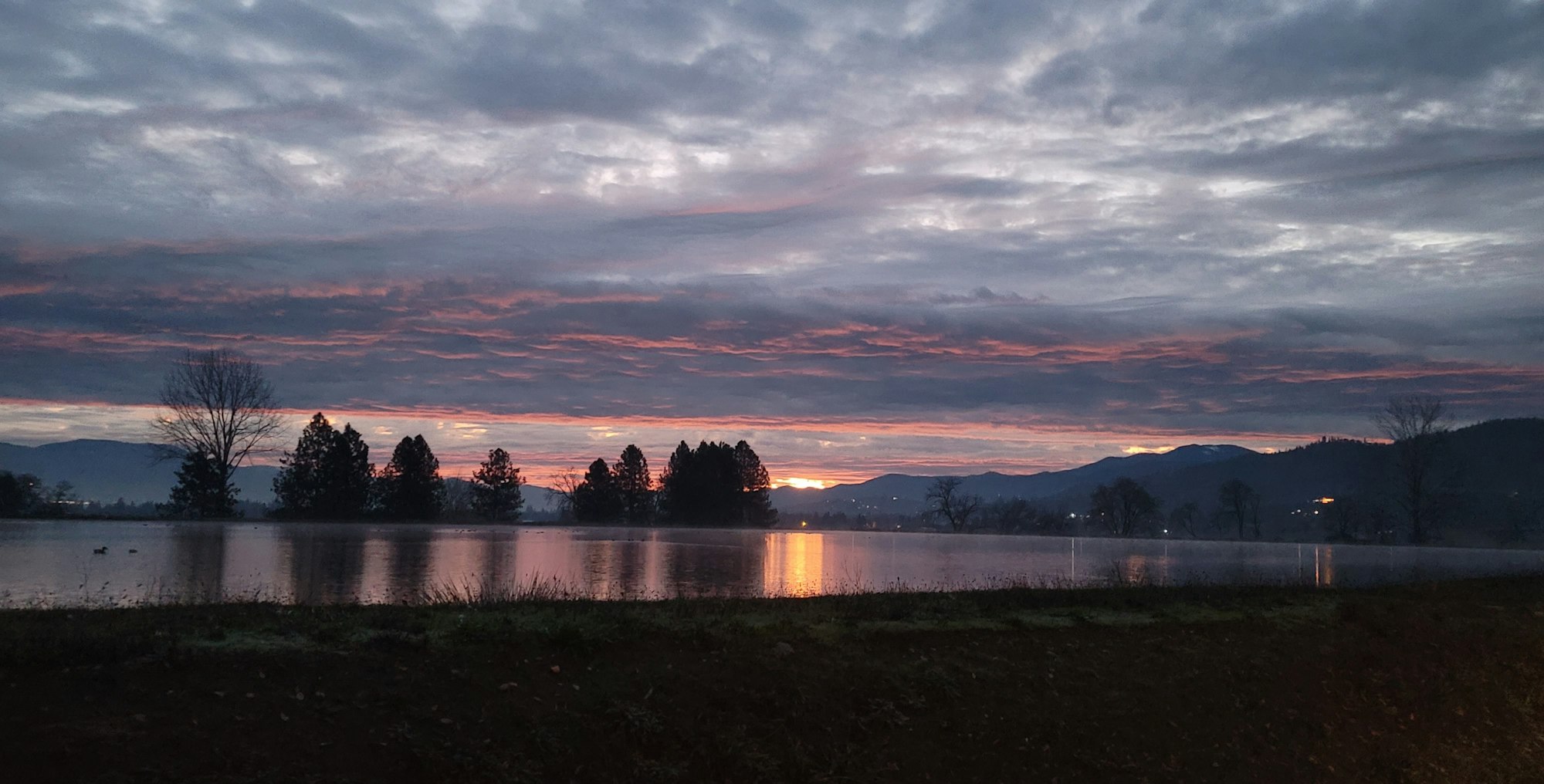About Us

DISTRICT HISTORY
The first irrigation water supply for lands within the District’s area was obtained from Bear Creek and its tributaries. Fish Lake Water Company was organized in 1897 to bring water into the valley from outside sources. Water rights were obtained on Little Butte Creek and a storage dam at Fish Lake and canals from the North and South Forks of Little Butte Creek were constructed. Delivery of water from these sources began in 1902.
The Fish Lake Ditch Company sold its interests to the Public Water Company in 1908 and this organization operated the system under various names until 1930. Enlargements were made to the system in 1908 and again in 1915 and 1916, but they were inadequate to furnish and deliver the necessary supply of water. The Medford Irrigation District was formed in 1917 with the objective of developing new sources of water to provide a supply to lands not previously irrigated. The District contracted with the Rogue River Valley Canal Company (not to be confused with Rogue River Valley Irrigation District), successors to the Public Water Company; to construct Fourmile Lake Dam and the Cascade Canal, reconstruct Fish Lake Dam and complete the distribution system within the District.
MEDFORD IRRIGATION DISTRICT MECHANICAL DEMOSSING GUIDELINE
The District uses the mechanical cleaning method to attempt to control the moss in the canals, this is the only method available since the use of aquatic herbicides in open canals are not permitted at this time. The District has several creeks that cross our canals throughout seventy miles of main canal, siphons have been installed at Larson Creek, Daisey Creek, Jackson Creek, and Walker Creek, but we have many more to go before the system is closed at all waterway intersections.
The District finds it extremely difficult to keep up with the aquatic moss growth during the end of June, and the months of July and August. District employees on both the East side and West side canal clean moss with a trackhoe that is equipped with a special moss rake. Large amounts of moss are removed each year. Piping, concrete-lined canals and siphons are a priority for the District, but the cost is tremendous and we complete a little each year. Mechanical cleaning is our only answer at this time, as moss grows quickly it fills up the canals and water cannot get through causing “water users” not to have water for their crops.
District employees are aware that turbidity is a factor in the creeks that cross the canals and they are to check for any overflows at crossings immediately downstream to assure the canal water does not enter the creeks while turbidity exists in the canal. The District has wood check boards at the crossings that are not siphoned yet, small leaks between the boards are impossible to stop, but we attempt to plug off all the leaks. When employees are cleaning directly upstream of a crossing all attempts are to be made to prevent trepid water from entering the creeks, the employee may need to stop cleaning for a time to allow water to settle. Turning water volumes down in the canal will “not” work as moss cleaning is ongoing daily and would cause extreme hardship to end users and district.

